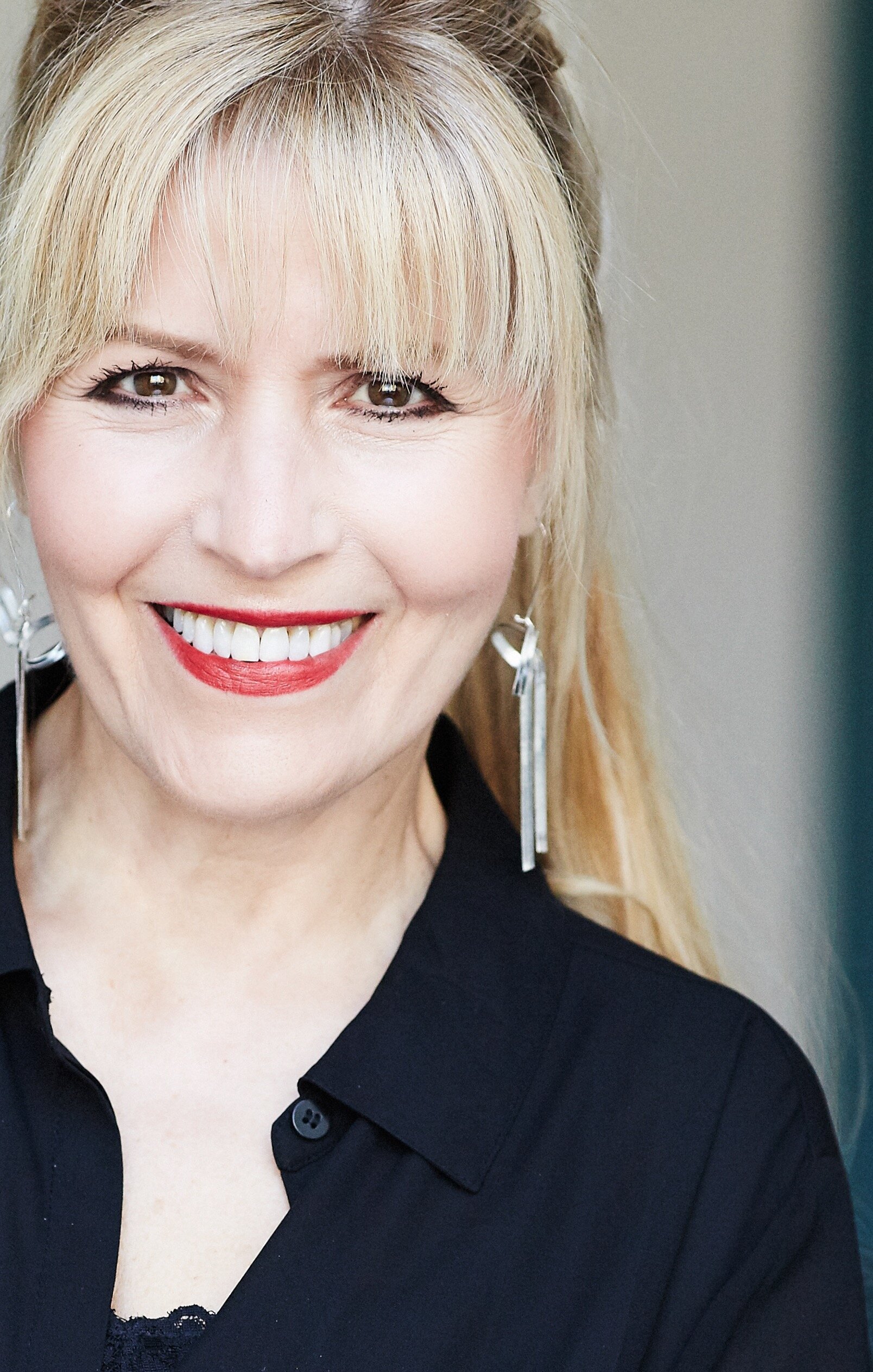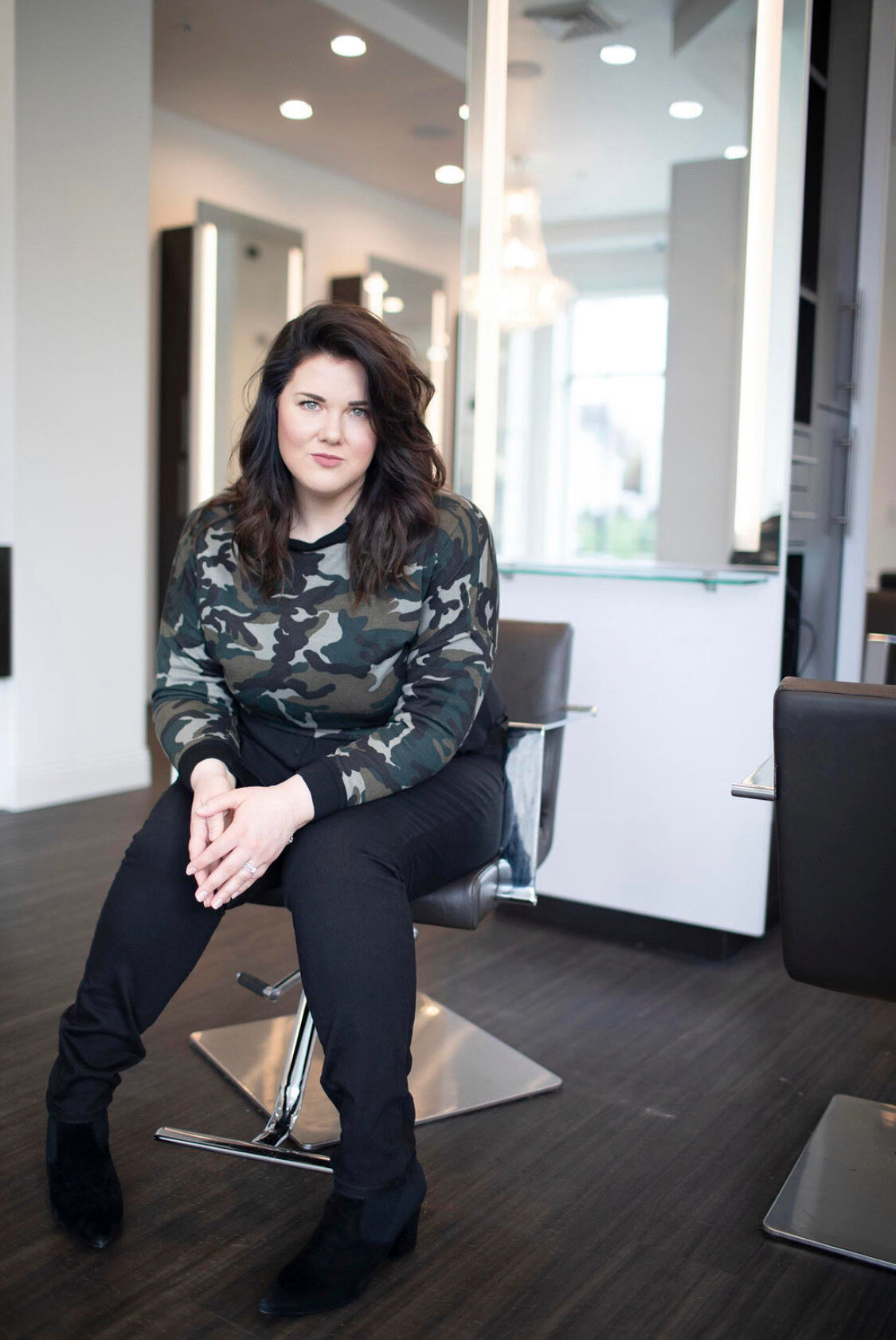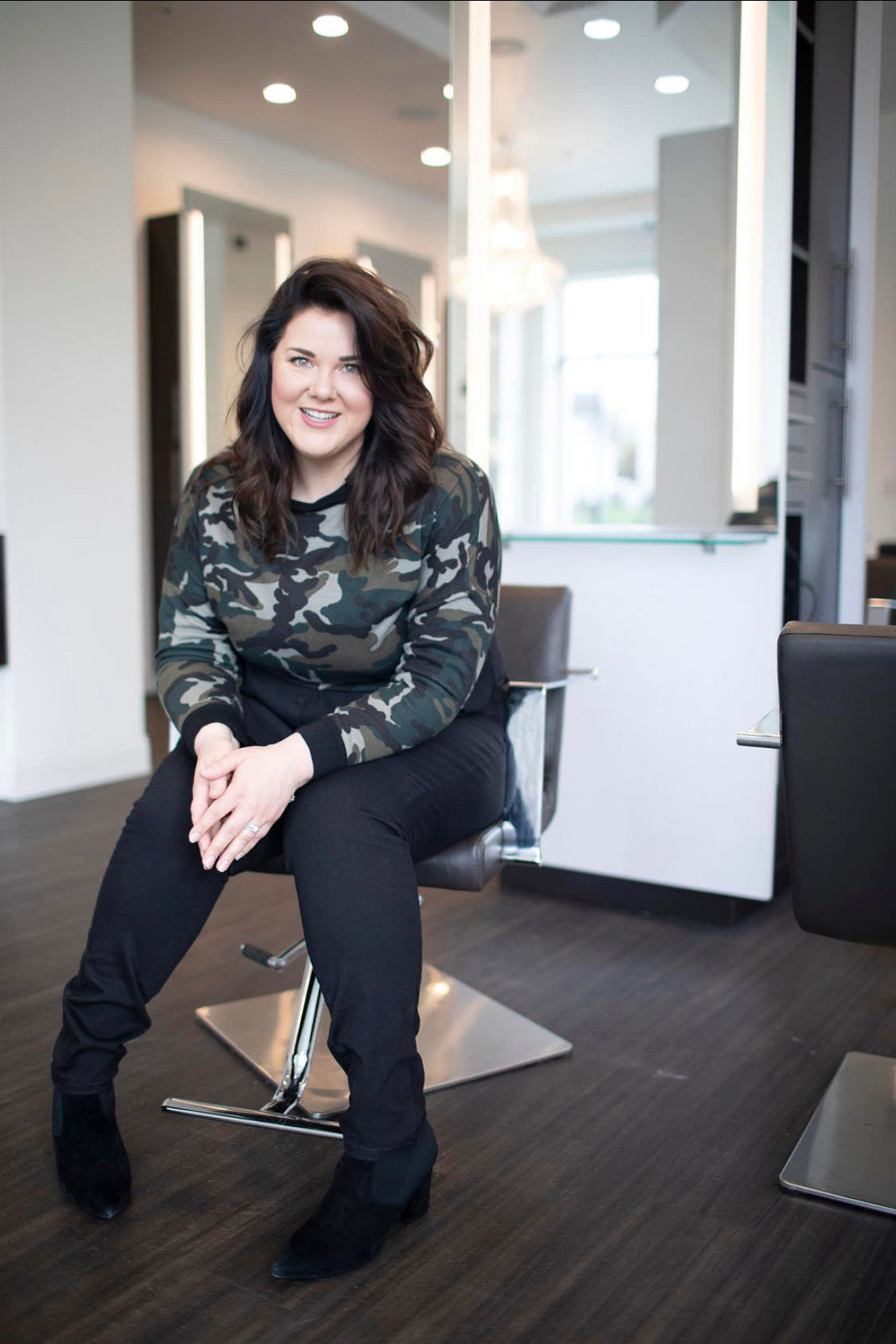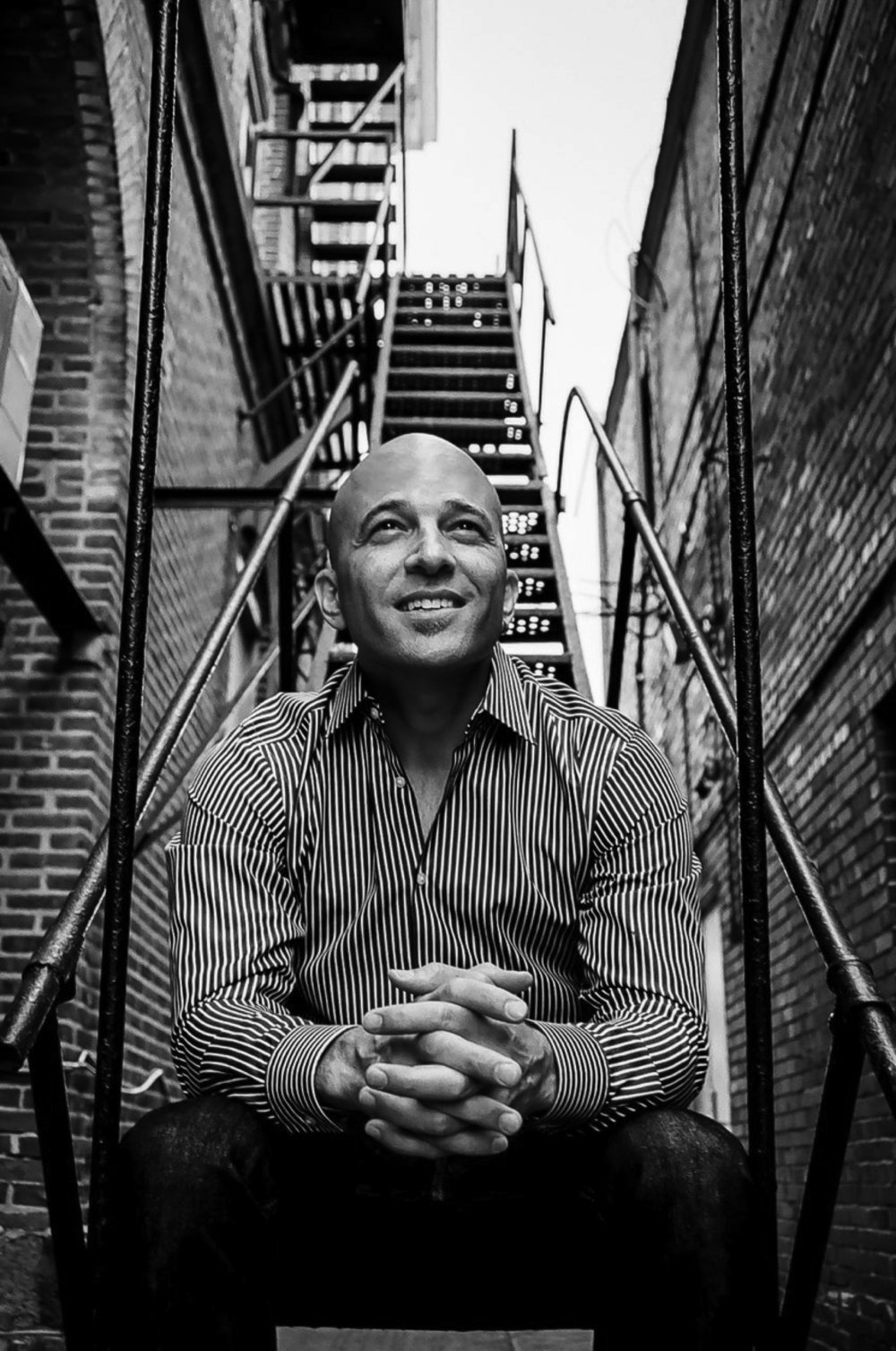Some of us had an amazing 2020 and some of us went through the toughest year in business. I fell on the latter side of that. It was a very painful season. I felt like I was putting out fires left and right and reacting to team member exits every few weeks. My adrenals were fatigued, I was emotionally depleted, lost, fearful, and living in fight or flight mode. Could anyone relate?
Hello, my name is Kati Whitledge, and I survived the crisis covid brought on my salon business. The real question is, were we a ticking time bomb to begin with? Were we bound to go through this upheaval regardless of a covid-crisis? I believe we were, and we would have.
Take Time & Think
In the midst of losing team members, losing faith, and losing courage, I realized I needed time to step away from everything and just think. Do we ever just take time to think? I needed to think about who I am, who I wanted to be, what do I believe in, and what will be the new vision for my company when all of this subsides.
I had to take a hard look at myself and ask the tough questions. Am I failing as a leader? Have I done anything dishonorable in my words or action that justify the choices many of my former team members were making? Why are people leaving me? What have I done wrong? Am I a bad person? Am I a bad leader? Am I really cut out for this?
If you’ve felt like this at any time, it’s an emotional cluster. But you’re not alone. You’re not a terrible person. In fact, if you’re reading this article, I assume you care deeply about your call to this industry, your team, and your business. Yet, we’re so often told that people quit leaders, not jobs. So, what do we take accountability for and what do we chalk up to it being the covid crisis?
Take Ownership
To answer my own question—what do we need to take accountability for—the answer is, all of it. As leaders and owners, we have to take full responsibility for all outcomes of our company success or lack thereof. When I sat back to think about things, I realized some tough but honest things that I wasn’t doing well.
I wasn’t showing up for my team the way they really needed a leader to. Though I was very responsible in doing all the things we were supposed to do in the new normal of a safe salon environment, I wasn’t emotionally available for my team. I wasn’t physically present for them. I was relying on my managers to be the sole culture keepers of my salon—I had no idea how the culture was evolving. Serious no-no for CEOs! It pains me to share this but only when we’re open, honest, and aware—will things change. And absolutely things had to change!
Take Heart
It wasn’t until I chose to take my first social media sabbatical ever, whereby removing many distractions, was I able to sit back and make decisions. What will we do now? What will we do next?
Having more time and less distractions, I realized that I had overcome hard things before, and I could do it again. I also went back to the basic things I used to do when I was in growth mode—I started reading. I was and am reading a lot! I came across a book, Leadership Pain, by Samuel L. Chand. He educates us that growth equals change, change equals loss, and thus, growth equals pain. He takes us through a leaders’ journey sharing,
It’s inevitable, inescapable. By it’s very nature, leadership produces change, and change—even wonderful growth and progress—always involves at least a measure of confusion, loss, and resistance. To put it another way, leadership that doesn’t product pain is either in a short season of unusual blessing or isn’t really making a difference.
When leaders in any field take the risk of moving from one stage to another—from stagnation to effectiveness or from success to significance—they inevitably encounter confusion, passivity, and outright resistance from those they’re trying to lead. It’s entirely predictable.
In fact, leadership—all leadership—is a magnet for pain, which comes in many forms. We catch flack for bad decisions because people blame us, and we get criticism even for good decisions because we’ve changed the beloved status quo. But pain isn’t the enemy. The inability or unwillingness to face pain is a far greater danger.
We need a fresh perspective. We need to make friends with our pain. Making friends with our pain is part of leadership. Our pain tells us when we’re moving in the right direction. New pains will always be a part of your life as you continue climbing the ladder of your destiny. Do you want to be a better leader? Raise the threshold of your pain.
Take Hold
I certainly didn’t intend for this article to seem like a journal entry, but it’s hard not to face the topic of leadership without sharing my own experiences—especially the experiences and lessons of leadership we will never forget!
I believe this crisis has created an opportunity for us to reimagine our lives personally and professionally. Let us go forward in doing the scary things we’ve being dreaming about. And become the human we know deep down we were created to be. I hope we all embrace the painful periods of our lives and see the silver lining that lies within.
May you have a blessed year filled with great health, great joy, and great peace.
Until next time,
Stay Strong!
Kati








































